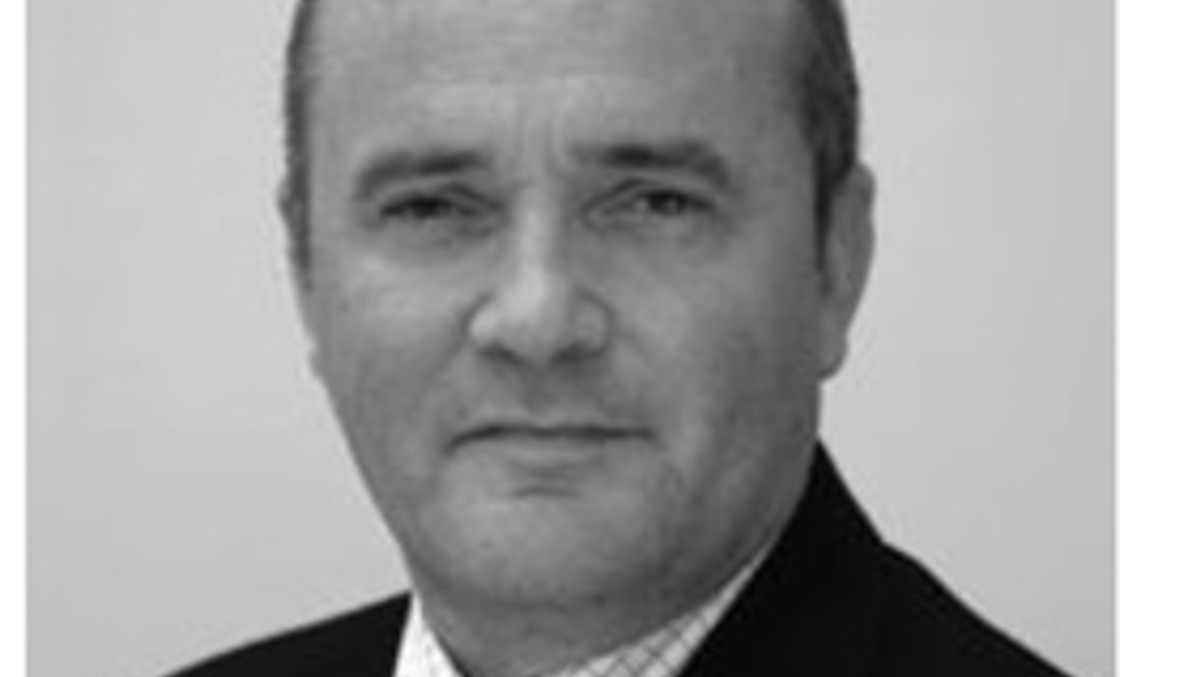Asia's big hedge fund managers getting bigger
Institutions are preferring to allocate to Asia's biggest hedge funds, leaving 80% of managers struggling.

Big is now the byword in Asia’s hedge fund industry, where large institutional investors are mostly seeking to allocate capital to the region’s biggest strategies, Richard Johnston, head of Asia at Albourne Partners, noted at a recent conference in Hong Kong.
Sign in to read on!
Registered users get 2 free articles in 30 days.
Subscribers have full unlimited access to AsianInvestor
Not signed up? New users get 2 free articles per month, plus a 7-day unlimited free trial.
¬ Haymarket Media Limited. All rights reserved.


